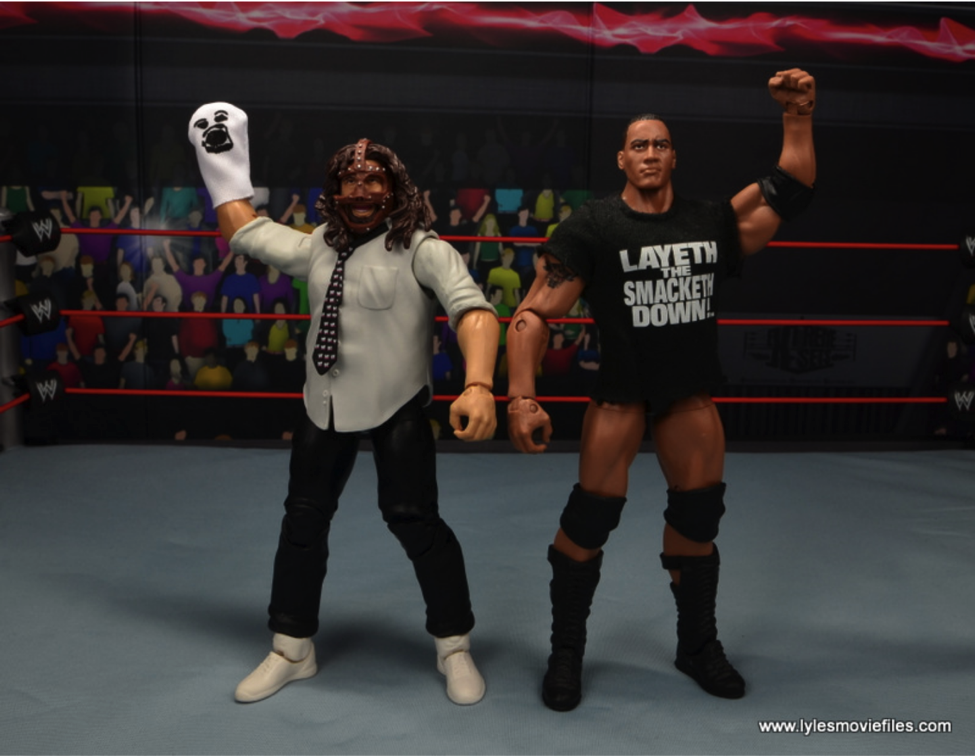“The virtue of all-in wrestling is that it is the spectacle of excess. Here we find a grandiloquence which must have been that of ancient theatres . . . in both, a light without shadow generates an emotion without reserve.”
–Roland Barthes, The World of Wrestling

Professional wrestling isn’t just about bodyslams. It’s about narrative, audience, feedback, and persuasion: all the things that make up Rhetoric. In this course, we will begin by analyzing how those strategies play out in the small scale (within the ring and also in televised/digitally shared promos), and extend through the entire constructed wrestling world. We will examine how what happens in the ring bleeds into public personas outside of the ring, especially on social media. We will look at aspects of performance, gender, sexuality, ethnicity and cultural representation, as they appear within the wrestling world. We will also examine rhetorical strategies and how both fans and wrestling companies have seized on the growth of social media to interact with and/or direct their fanbase (and the way the fans have used those same strategies to talk back). Ultimately, the course will also help students produce texts that solidify the critical ideas we are looking at. We will also look at the way the language and tropes of wrestling have crept into broader public discourse, from journalism to politics.
In this class, we will watch a lot of footage, read some critical texts and some tweets. We will learn important terminology and principles from classical rhetoric and apply them to what we see. We will learn to recognize major tropes and subgenres within wrestling, but also to recognize rhetorical choices made in performing and producing sports entertainment. We will get into the rhetorical ring, ourselves, creating personas and commentary and defending the rhetorical moves we make. We will consider the audience’s role in production and persuasion, and evaluate the relationship between rhetorical performance, suspension of disbelief, and reality.
Syllabus | Assignments | Class Glossary | Wrestling Resources